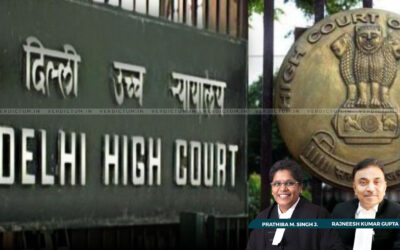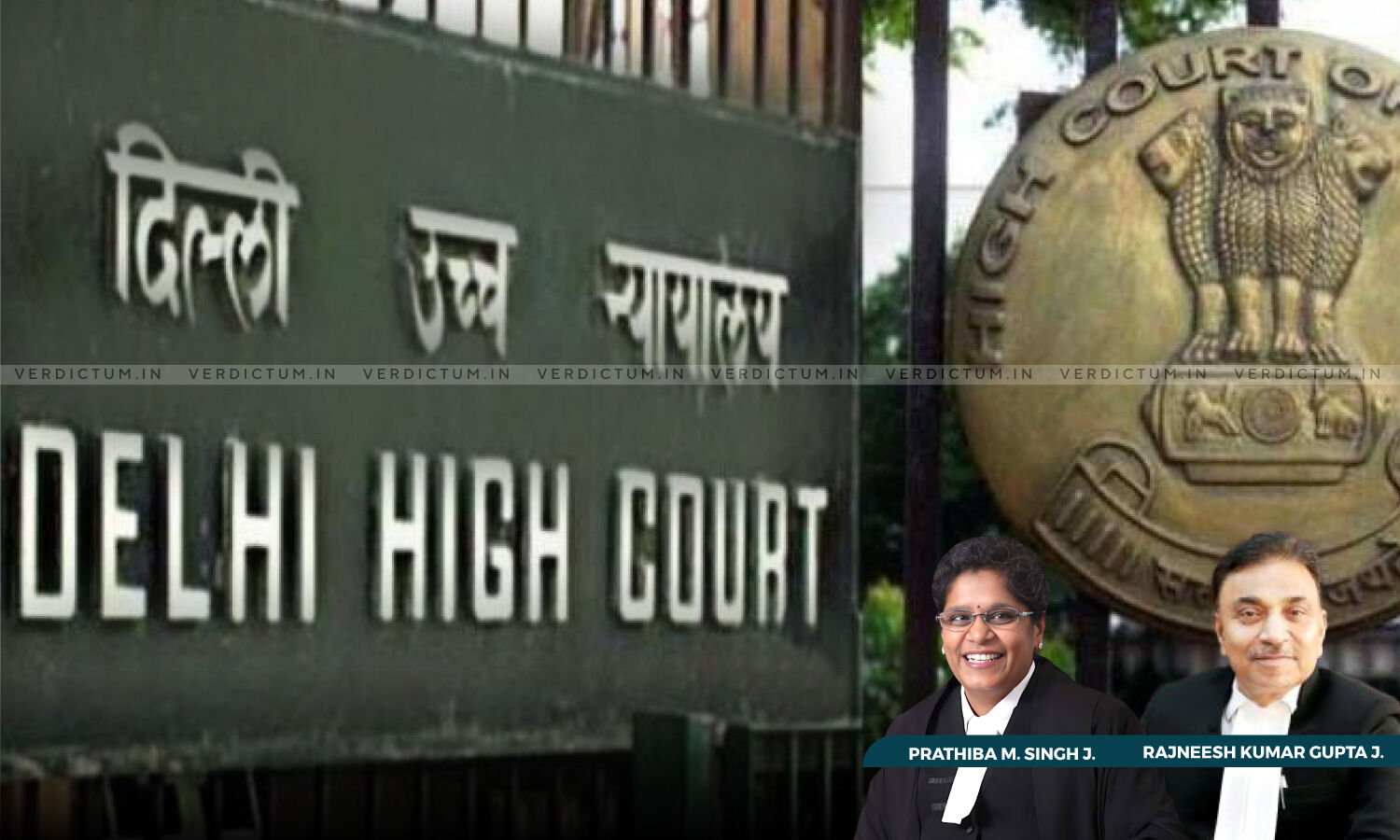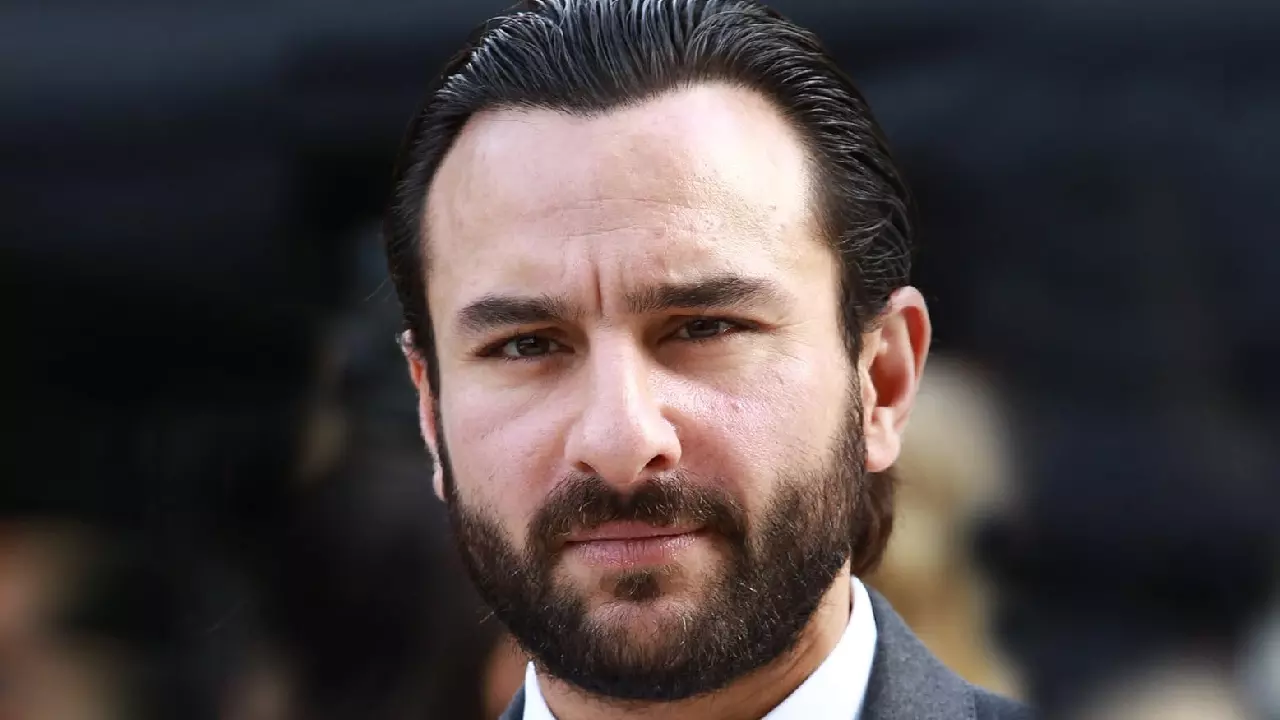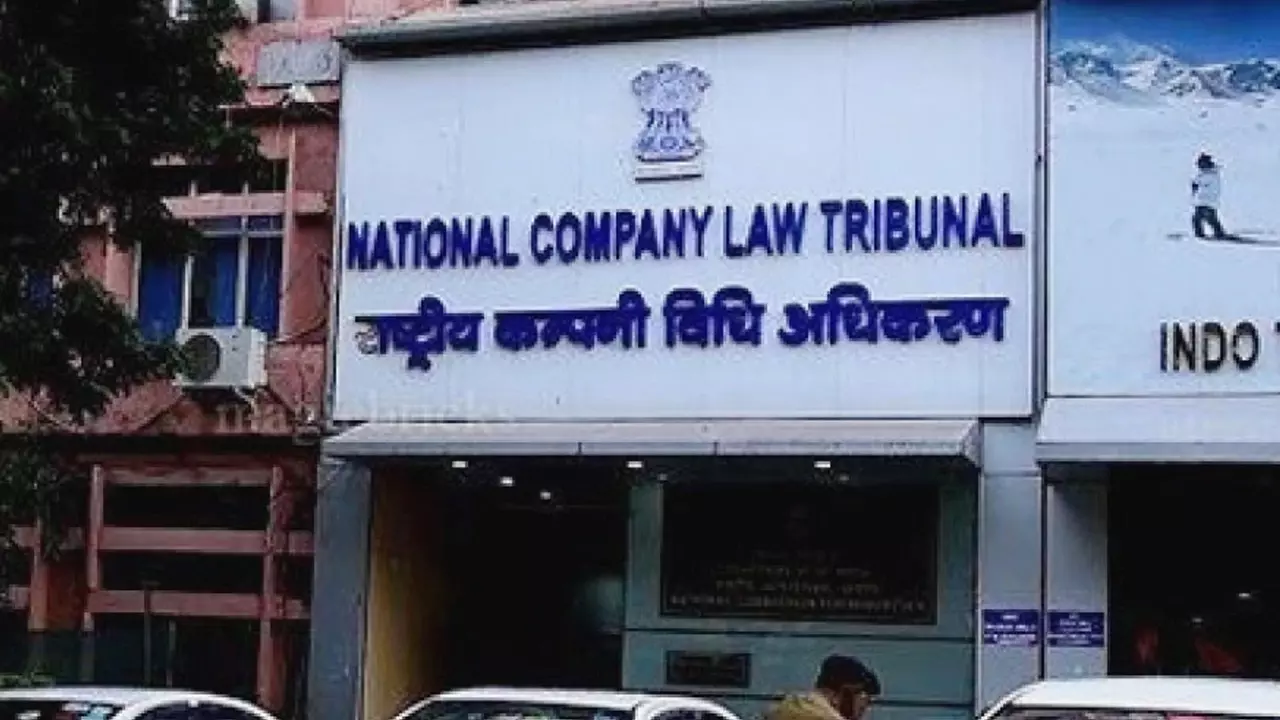Viability Of Corporate Debtor Can’t Be Considered While Deciding Petition U/S 7 Of IBC Once Debt & Default Are Established: NCLAT

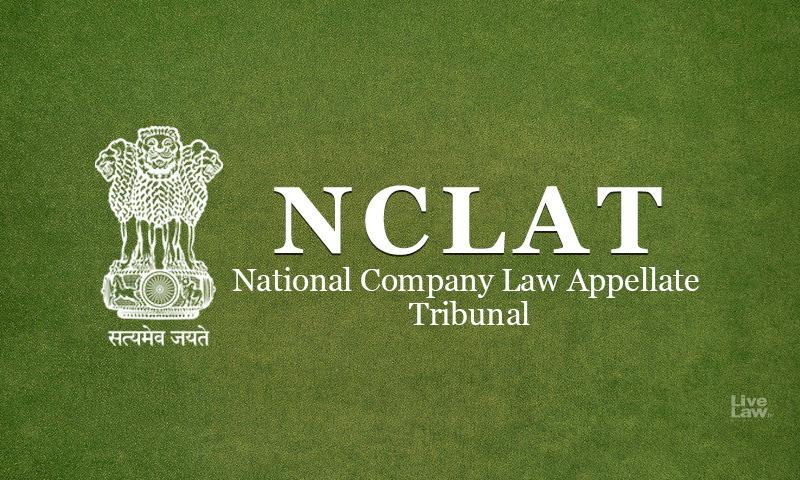
The Nationwide Firm Legislation Appellate Tribunal (NCLAT) New Delhi bench of Justice Ashok Bhushan (Judicial Member) and Mr. Arun Baroka (Technical Member) has held that an utility underneath part 7 of the Insolvency and Chapter Code, 2016 can’t be rejected solely on the bottom that the company debtor is a viable entity and that initiating insolvency proceedings would adversely have an effect on the stakeholders.The Adjudicating Authority has no discretion to think about whether or not the Software ought to be admitted or not as soon as the debt and default are established.
Transient Info:
This Enchantment has been filed by Edelweiss Asset Reconstruction Firm Ltd (EARCL/Appellant) difficult the Order dated 06.11.2024 handed by the Nationwide Firm Legislation Tribunal, Ahmedabad Bench (“Adjudicating Authority/NCLT”) by which an utility filed by the Appellant underneath part 7 of the Code in search of initiation of Company Insolvency Decision Course of (CIRP) in opposition to Takshashila Heights Pvt Ltd (Company Debtor) was dismissed.
The Company Debtor dedicated default in respect of two mortgage services sanctioned in 2018, amounting to Rs 70 crores (Rs 40 crores and Rs 30 crores respectively), initially prolonged by ECL Finance Ltd and subsequently assigned to the Appellant on 09.05.2022.
The petition underneath part 7 of the Code was filed on 31.01.2024 claiming an excellent sum of Rs 93.54 crores.This was supported by proof of debt and default. Nonetheless, the Adjudicating Authority dismissed the Petition holding that the proceedings had been aimed toward restoration quite than decision, thus constituting a misuse of IBC provisions, and that initiating CIRP would prejudice the pursuits of stakeholders, given the Company Debtor’s standing as a going concern.
Towards the above, the current enchantment has been filed.
The Appellant submitted that the Company Debtor has dedicated defaults in compensation of the excellent dues regardless of repeated requests and reminders given by the Monetary Creditor.
It was additional submitted that regardless of the recall discover of the Monetary Creditor and in view of the Company Debtor’s lack of ability to repay its money owed, which embrace the excellent dues because of the Monetary Creditor, the initiation of CIRP in respect of the Company Debtor shall be within the public curiosity and can profit all collectors of the Company Debtor.
It was additional submitted that there have been no materials information on file that conclusively established or proved any “malicious” or “fraudulent” intent on the a part of the Appellant to provoke CIRP in opposition to the Company Debtor inside a malicious intent, which might cease the admission of the Petition in view of Part 65 of the Code.
Per contra, the Respondent submitted that the sequence of actions by the Applicant clearly point out its mala fide intent and ulterior motive to get well its excellent money owed by stress ways and never decision being the first intent and object of the Code. Furthermore, the mentioned conduct is nothing however discussion board purchasing by misuse of the provisions of the legal guidelines, i.e, IBC, SARFAESI Act and Negotiable Devices Act underneath the guise of train of rights/cures obtainable underneath the mentioned legal guidelines.
It was additional submitted that the Applicant has not approached this Adjudicating Authority with clear palms and has most popular the current Software as a software to get well of the monies and that the identical is reflecting the fraudulent and mala fide intention to misuse and abuse the provisions of the Code and that the mentioned method of the Applicant is in opposition to the intent and object of the Code.
Observations:
The Tribunal famous {that a} restructuring settlement was entered into between the events. Though, the Respondent paid 1st instalment however defaulted in making the second installment. This triggered a default underneath clauses 8 and 9 of the Restructuring Settlement. Regardless of giving enough alternatives and after the expiration of a 15 days window interval to remedy the default, the Respondent didn’t discharge the excellent liabilities. Consequently, the settlement was revoked as per clause 8 of the Settlement by way of letter dated 29.12.2023.
It additional added that the mentioned settlement was revoked not because of the Mala fide intent quite on account of default dedicated by the Respondent in clearing the excellent legal responsibility of Rs. 2.24 crores due on 30.09.2023 which was additionally confirmed by the Respondent by its personal e-mails.
It held that due to this fact, underneath such circumstances, the Appellant was underneath no obligation to reopen the scheme and the Appellant rightfully exercised its proper to file an utility underneath part 7 of the Code. Because the scheme was revoked, the Appellant was not obligated to situation an NOC. This was communicated by way of e-mail despatched on September 26, 2023.
It additional noticed that e-mails dated March 15, 28 and 29, 2024 make it clear that the Respondent acknowledged its legal responsibility, admitted the fee of persistent default, confirmed difficulties in elevating the funds, points with sale of property, non-compliance with civil authority necessities and lack of ability to promote items at market costs. All these information substantiate the case of the Appellant for initiating the CIRP in opposition to the company debtor.
It held that the IBC and the SARFASESI are distinct legislations and the actions taken underneath one of many enactments do not affect the opposite. The Company Debtor simply earlier than the public sale of its secured property underneath the SARFAESI Act filed a securitisation utility earlier than the DRT by which it challenged the actions initiated by the Appellant in opposition to the secured property of the company debtor on false and frivolous grounds which is at present pending
Primarily based on the above, it held that the Company Debtor is merely trying to thwart all of the makes an attempt of the compensation of its excellent dues whereas additionally objecting to the graduation of CIRP by this Tribunal.
Within the case of ES Krishnamurthy,the Supreme Courtroom has held that the Adjudicating Authority underneath Part 7(5) of the Code is empowered solely to confirm whether or not a default has occurred or not occurred.
It additional famous that within the case of M Suresh Kumar Reddy, the Supreme Courtroom held that when the NCLT is glad that the default has occurred, there may be hardly any discretion left with the NCLT to refuse admission of the Software underneath Part 7 of the Code. The Apex Courtroom referred to their resolution in Innoventive Industries whereby your entire scope of Part 7 was defined and it was held that if the NCLT is glad there’s a debt and default, it’s sure to confess a Petition underneath Part 7 of the IBC.
It additional noticed that the Respondent’s non cooperative, arbitrary, and malafide conduct, together with its failure to furnish data as sought by SBI Enterprise and its inaction in progressing the underlying challenge— elements prompted SBI Enterprise to resile from its preliminary opposition of admission of Part 7 petition.
The Tribunal noticed that the company debtor has didn’t discharge its liabilities regardless of repeated reminders and a recall discover being given by the monetary creditor. Beneath such circumstances, the initiation of the CIRP can’t be refused.
Coming to the submissions of the Intervenor, it held that “the mentioned intervenor shouldn’t be a celebration to the underlying monetary transaction forming the subject material of the Part 7 Petition and doesn’t qualify as a monetary or Operational Creditor underneath the Code. Its try to oppose the CIRP initiation is discovered to be totally with out locus. We be aware that when the necessities of economic debt and default are glad, there is no such thing as a scope underneath the Code for unrelated third events to intervene, notably on the admission stage.”
The Tribunal additional noticed that regardless of the claims of the Respondent Company Debtor of being a viable unit, the Company Debtor has made no funds in the direction of their excellent dues and the averments made with respect to the Company Debtor being a going concern or a viable entity don’t absolve the Company Debtor from its liabilities to repay the excellent dues of the Applicant Monetary Creditor.
The Tribunal concluded that varied proceedings had been initiated by the Appellant earlier than submitting the petition underneath part 7 of the code cannot be a legitimate floor to reject the petition nor can this be thought of as Malicious underneath part 65 of the code due to this fact arguments of the Respondent on this situation can’t be accepted.
Accordingly, the current enchantment was allowed and the impugned order was put aside.
Case Title: Edelweiss Asset Reconstruction Firm Restricted Versus Takshashila Heights India Pvt. Ltd.
Case Quantity: Firm Enchantment (AT) (Insolvency) No. 2261 of 2024
Judgment Date: 01/07/2025
For Appellant : Mr. Abhijeet Sinha, Sr. Advocate with Mr. Aditya Vashishth and Mr. Anmol Bansal, Advocates (EARCL).
For Respondent : Mr. Saurabh Kalia and Mr. Avik Sarkar, Advocates Mr. Arjun Sheth and Mr. Rajiv Chawla, Advocates for Intervenor.

